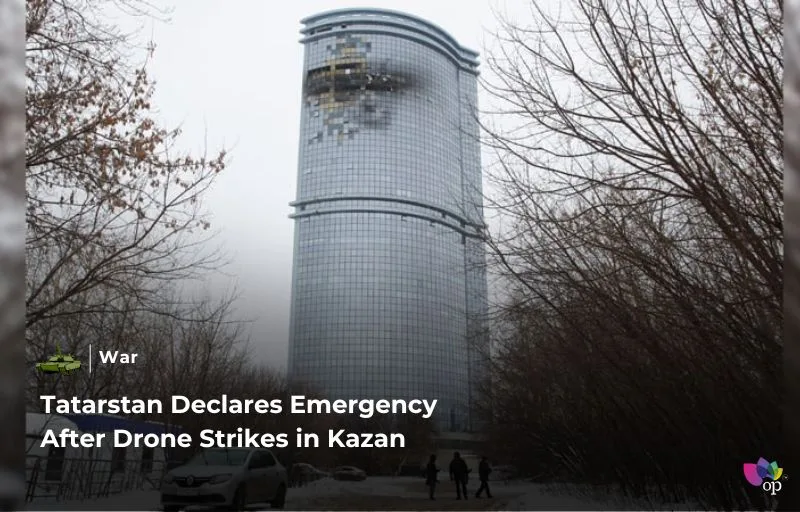According to the reports on Saturday (21 December), Tatarstan’s government declared a state of emergency for its agencies and response teams after a series of Ukrainian drone strikes hit the capital city of Kazan. The emergency measures aim to address the aftermath of the attacks swiftly, focusing solely on involved agencies without affecting the general public. On Saturday, eight drones targeted Kazan, with six striking residential buildings, one hitting an industrial site, and another being shot down over a river. No injuries were reported, but the strikes disrupted operations briefly.
The attacks occurred a day after a Ukrainian strike in Russia’s Kursk region killed six people, including a child, using US-supplied missiles. Ukraine has not claimed responsibility for the Kazan strikes, adhering to its security policy. In retaliation, Moscow launched 113 drones into Ukraine overnight, with Ukrainian forces claiming to have intercepted 57 and electronically jamming another 56. This marks an escalation in drone warfare between the two nations.
Governor Rustam Minnikhanov confirmed the strikes’ details, emphasizing the importance of coordinated efforts to manage the situation. The attacks led to temporary flight restrictions at Izhevsk Airport near Kazan, which were lifted later in the day. These incidents highlight increasing vulnerabilities in domestic infrastructure amid the ongoing conflict.
The rising use of drones in the conflict reflects a shift in warfare tactics, posing challenges for both Russia and Ukraine. As both sides intensify their operations, the effects on civilians and regional stability are becoming more pronounced. The Kazan attacks underline the urgent need for robust counter-drone measures and a resolution to the escalating conflict.
References


